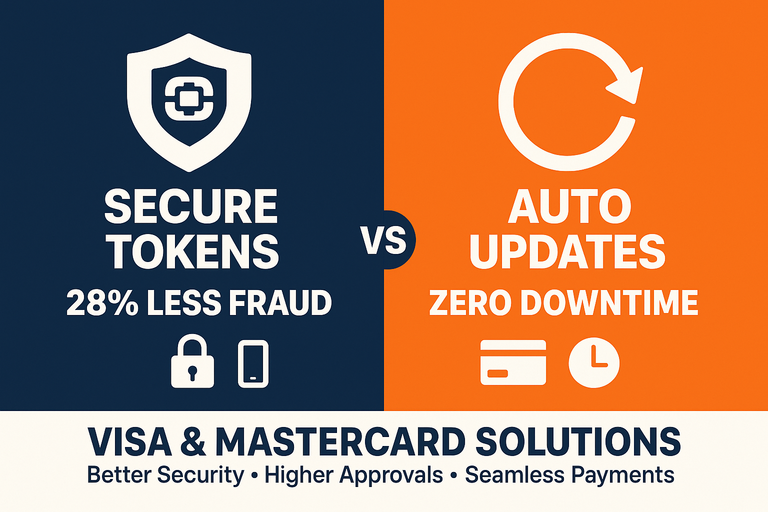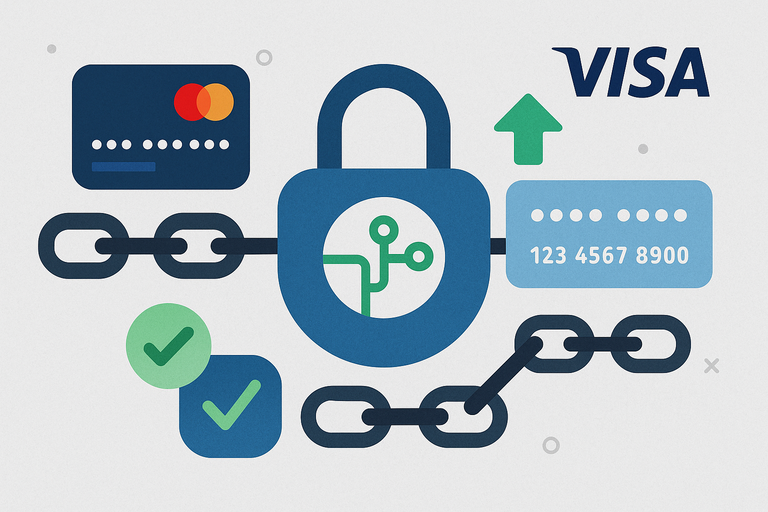Understanding NSF Declines: Causes, Impact, and Modern Mitigation Strategies
Learn how to plug revenue “leaks” from NSF declines—nearly half of all card rejections—using smart retries, automatic card updates, intelligent routing, and AI underwriting to boost approvals and cut churn.

Understanding NSF Declines: Causes, Impact, and Modern Mitigation Strategies
Non-sufficient funds (NSF) declines occur when a customer attempts a credit or debit card payment but the issuing bank finds insufficient balance or available credit to cover the purchase. In payments terminology, these are often returned with “code 51” (Insufficient Funds) or Visa response code 101.
NSF declines are very common. One industry analysis by Stripe reports that insufficient funds account for around 44% of all card declines. Whenever the issuer checks and finds a low balance, it immediately rejects the transaction.
Why NSF Declines Matter to Merchants and Providers
For merchants and payment providers, NSF declines are more than just a technical failure — they’re a real business loss:
- Each decline = a lost sale.
- Merchants still incur fixed costs, including gateway fees, customer acquisition spend, and failed fulfillment or support efforts.
- Customer experience suffers, especially if the checkout is interrupted or a subscription lapses.
A PYMNTS/Nuvei study found that ~11% of attempted online payments fail, and two-thirds of these failures result in permanent lost revenue. This is particularly painful for recurring payments: ProfitWell data suggests that 20–40% of subscriber churn is caused by failed card payments.
In summary, high NSF decline rates reduce merchant revenue, increase customer acquisition costs, and damage satisfaction — making decline mitigation a priority.
Modern Strategies for Reducing NSF-Driven Declines
1. Smart Payment Retries
A widely used approach is automated retries, where a failed payment is retried after a short delay — typically timed to when customers might have replenished their funds.
- Retry schedules often align with payroll cycles.
- Advanced systems use machine learning to model the optimal retry time per cardholder.
- By only retrying transactions likely to succeed, merchants recover substantial revenue without incurring unnecessary costs.
For example, Stripe offers a “Smart Retries” feature that uses customer behavior data to optimize retry timing.
2. Card Account Updater Services
Many declines stem from expired or replaced cards. Networks offer updater services that automatically provide merchants with the new card information.
- Visa Account Updater (VAU) and Mastercard Automatic Billing Updater (ABU) allow issuers to push updated details (e.g., expiration date, card number) to the merchant via the network.
- Visa reports that merchants using VAU see higher approval rates and fewer declines due to outdated credentials.
This is critical for card-on-file and subscription-based merchants who rely on seamless recurring payments.
3. Intelligent Routing (Payment Orchestration)
Payment orchestration platforms improve approval rates through intelligent routing. These systems choose the best-performing acquirer, gateway, or network for each transaction based on:
- Card brand
- Transaction amount
- Customer location
- Historical success rates
By always steering transactions toward the route with the highest success probability, merchants can reduce declines caused by poor routing decisions. Checkout.com and others offer routing systems that adapt in real time.
4. Partial Authorizations and Network Features
Some networks offer partial authorization options:
- Visa allows a card to be approved up to the available balance.
- Merchants can then prompt for a secondary payment method to complete the sale.
This is common in fuel stations, groceries, or where split payments are viable. Additionally, customer alerts or alternate payment options (e.g. buy-now-pay-later) can reduce declines caused by NSF errors.
A New Category: Real-Time AI-Powered Decline Recovery
Most solutions still wait and retry — BetterCharge takes a different approach.
BetterCharge uses an AI-driven underwriting model that acts in real time when an NSF decline is detected. Rather than simply rescheduling the charge, it:
- Analyzes the customer’s payment history, behavior, and external data signals
- Assesses the risk of the transaction succeeding
- If favorable, underwrites the charge and takes on the payment risk
That means:
- The merchant is paid immediately
- The customer gets a frictionless experience
- BetterCharge optimizes the timing to when the payment is most likely to succeed
This goes beyond retries, routing, or card updates — it's dynamic approval of otherwise declined transactions, helping merchants recover revenue that would be lost with traditional methods.
Conclusion
NSF declines are a leading cause of lost revenue in card payments. But modern tools — from smart retries and updater services to intelligent routing and AI-based underwriting — offer powerful ways to mitigate the impact.
Merchants, acquirers, and payment platforms that prioritize NSF recovery gain a competitive advantage: more revenue, better retention, and happier customers.
📩 To learn how BetterCharge helps payment providers turn declines into recovered revenue, get in touch.


